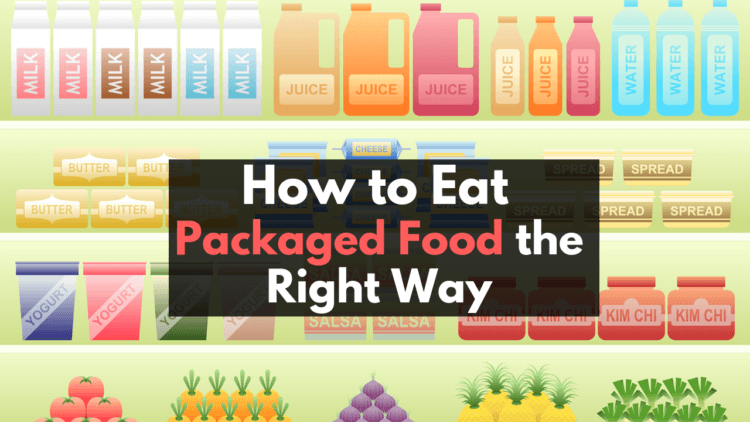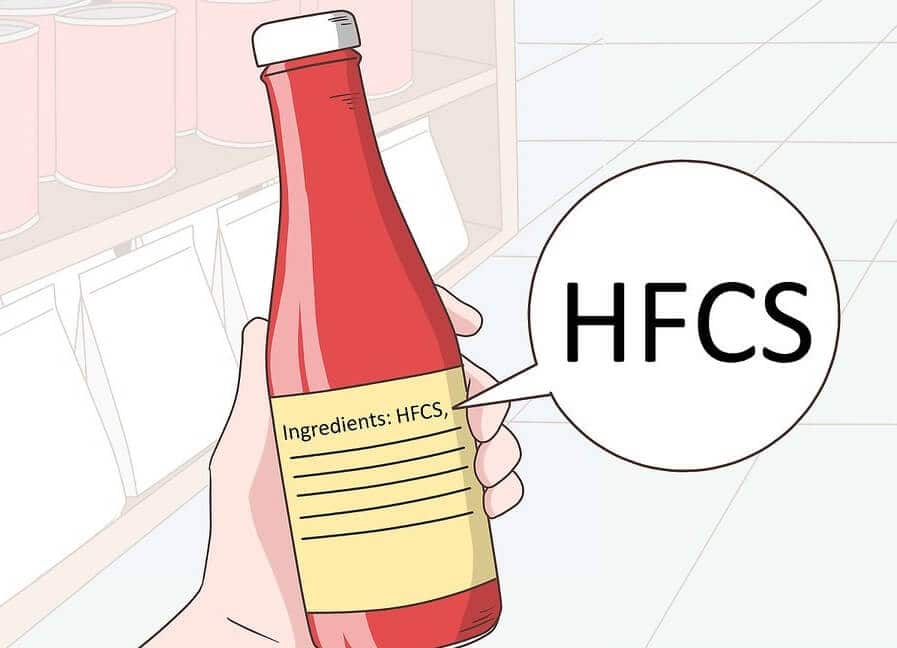Packaged foods are foods that are sealed in a crate, bag, can or other containers. They are marketed in the supermarket and stores in their packages.
Some examples of pre-packaged foods are –
- Ready-to-eat frozen appetizers
- Crackers and granola bars
- Ice cream, cakes, and cookies
- Pop and juice
- Pre-washed salad
- Bagged frozen fruit
- Milk, yogurt, and cheese
How to spot a healthy packaged food?
One can get all the information from the nutrition label! Read it carefully.
All packaged foods have a nutrition label and an ingredient index.
You will learn about:
- Serving size
- Calories
- % Daily Value
So the next time you visit a supermarket here are a few tips that you keep handy when you grab a packet of the packaged food item.
1. Avoid foods that contain corn syrup or added sugar.
Corn syrup is processed to cater to large demands. This can put off the balance of metabolism in your body. Next time the label says corn syrup or added sugar, just avoid it.
HFCS is also known as corn sugar, maize syrup, glucose syrup, fructose syrup, isolated fructose, and crystalline fructose.
Source- wikihow.com
2. Choose Healthy Canned Food
Most cans are reasonable in price and convenient, but not ALL cans meet the nutritional checklist. The advantage that canned vegetables and fruits offer are second to none, sitting patiently in your kitchen to help you out of your next spread.
Following are canned food available in the market-
- Canned pinto beans
- Canned tomatoes
- Canned kidney beans
- Canned pumpkin, etc.
3. Frozen Fruits & Vegetables
Fruits and vegetables are one of the healthiest aspects of any diet pattern, but we don’t actually consume them more often.
Fruits and vegetables can be savored as fresh, frozen or canned with all of their nutritional value intact. In actuality, fruits and vegetables are often frozen or canned when they are at their top in quality.
4. Vitamin & Mineral Content- Why bother reading?
Vitamins are organic substances produced by plants and animals, which are then consumed by humans and on the other hand Minerals are inorganic substances that are not made by living things.
The human body demands the proper “mix” of vitamins and minerals to maintain good health.
Also called Micronutrients, it helps your body use macronutrients and support many body processes, including:
Blood pressure regulation, Brain function, Digestion, Blood sugar regulation, Heart function, Hormone production etc.
5. Notice the Sodium, Cholesterol & Fat Content
Study the label to see how much sodium, cholesterol and fat is in the food you are picking.
Take a note of few pointers to eat in a healthy manner
• Sodium –
5% DV or less is low in sodium
20% DV or more is high in sodium
• Fat –
“Good” Fat: unsaturated fats (monounsaturated and polyunsaturated)
“Undesirable” Fat: saturated and trans fats. These can inflate cholesterol levels in the blood – which in turn can contribute to heart disease.
• Cholesterol –
TC = Total Cholesterol
HDL= High-Density Lipoprotein (Good)
LDL= Low-Density Lipoprotein (Bad)
By remembering these preceding tips, you can eat what you love and yet enjoy a guilt-free life. Also, take care of your folks, providing the knowledge of healthy eating habit to kids will help them grow without any major and minor health issues.
Siddhi Panchal is a food blogger at CookingwithSiddhi and food aficionado who loves to cook. Her cooking skills cover a range of Indian and international cuisines. Her aim is to enable other food enthusiasts explore their love for food by helping them cook delectable dishes from India and around the world.


